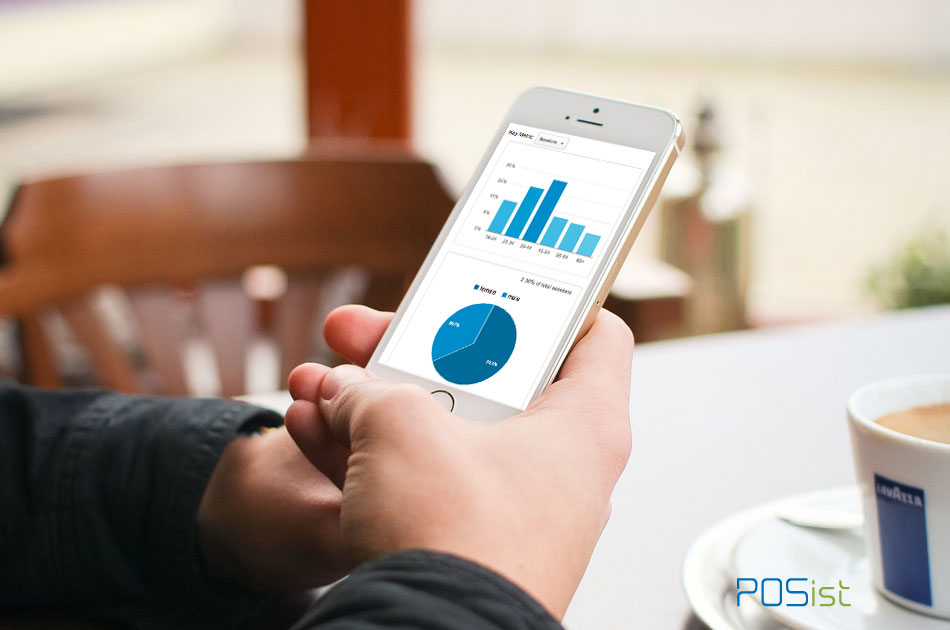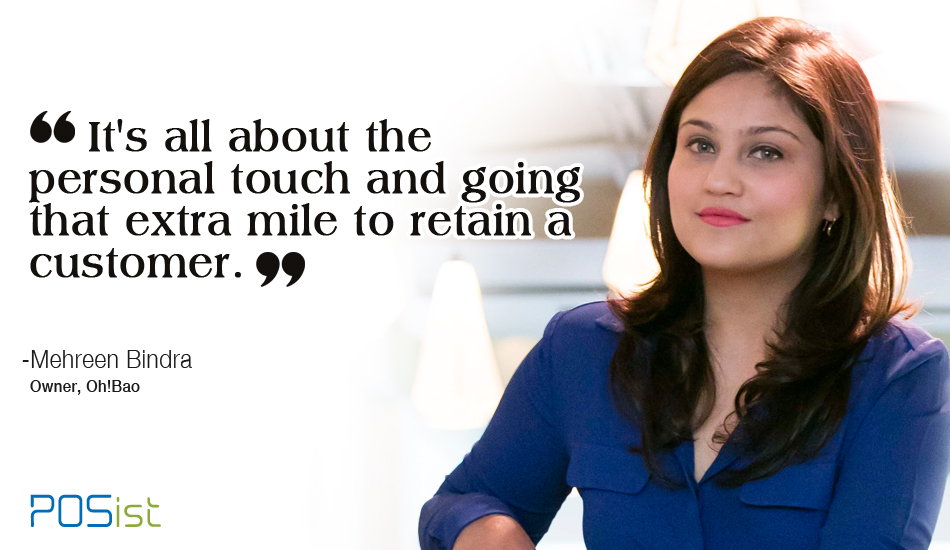Before starting a restaurant, one mainly focuses on the capital required to open the business. One of the significant mistakes that first-time restaurateurs make is forgetting to consider the running capital that is necessary until the restaurant reaches the breakeven and starts generating profit. And even after the breakeven point, if you are not controlling your restaurant costs, you will hardly be able to see or enjoy your profits.
The major areas where many find it hard to reduce restaurant expenses are food, labor, theft, and pilferage, rent, as electricity expenses. Using a variety of planning, monitoring, and evaluation techniques, you can continually manage these expenses to ensure you remain profitable without sacrificing or compromising on quality.
In this article, we talk more about the different types of restaurant expenses and tips to control them. So, read along!
1. Most Common Monthly Restaurant Expenses
Managing monthly restaurant expenses is an essential component of running a successful restaurant business. You must ensure you are tracking all of your restaurant expenses and charges and making decisions based on that information.
Here are some advantages of tracking your monthly restaurant expenses:
- Helps you control your business costs and boost profit margins
- Helps you make better decisions about pricing marketing, and other business strategies.
- Helps you avoid unexpected financial bills, such as unexpected bills or penalties.
Moreover, restaurant monthly expenses can be divided into three categories:
- Fixed Costs: These include expenses that are constant from month to month, such as rent, licensing fees, loan repayments, and insurance premiums.
- Variable Costs: These costs are difficult to predict since they fluctuate from one month to another. Some examples of variable costs are food bills, utilities, repairs, and maintenance costs.
- Mixed Costs: These payments have components of fixed and variable expenses. This means that while you can budget for them, you must keep some wiggle room since other factors may influence them.
1.1. Restaurant Monthly Expenses List
Now that you know the importance of monitoring your expenses, here is a comprehensive restaurant monthly expenses list:
i) Rent
One of the most expensive aspects of owning a restaurant is occupying a property or physical facility. Whether you pay a set rent, rent with changing building fees, or a variable mortgage, this cost is still a long-term cost you must plan for.
Generally, the total amount you pay for rent and occupancy should be between 5% and 10% of your monthly sales.
Also, even if you own the building where your business is, you will still have to pay your building loan or mortgage and any property taxes or other fees. So, ensuring that your rent or mortgage payments are inexpensive and within your budget is critical.
ii) Food
Stay moderate with your spending on food just because it’s the main appeal of most restaurants. Generally, your restaurant food costs should be at most 30% of total food sales. This leaves room for the additional costs associated with day-to-day operations.
Moreover, remember that everything in business is adjustable, including your dining expenses. Often, your food supplier will have extras of different kinds of ingredients. This means that if you ask nicely, they might be ready to lower the price of the food.
iii) Labor
Just like food costs, you can calculate labor expenses, too. Some ways to calculate it are:
- A percentage of sales
- A percentage of total costs
- An hourly expense.
While blending all three is considered the best strategy, most people use sales to calculate labor costs. The industry average for labor costs as a portion of sales is around 30%.
However, these expenses vary significantly from one business to another, depending on the type of restaurant and location.
iv) Utilities
A restaurant usually pays for utilities such as power, gas, water, internet, and phone, among other expenses. These variable expenses change from month to month, depending on usage.
Restaurateurs should generally budget 5% of total operating expenditures for utility bills.
v) Marketing
Clever marketing and budgeting strategies are essential for maximizing returns on investment and boosting profits. When planning these marketing and branding initiatives, setting clear objectives and accounting for unforeseen costs is essential.
While you can include marketing as a constant expense in your budget, the prices may change depending on the time of year and your marketing goals. You should set aside 3% to 6% of your budget for restaurant marketing costs.
2. Tips To Control Your Restaurant Expenses
While you cannot reduce your costs more than a certain level, you can take measures to keep them in check. Here are some quick tips on how to control your restaurant expenses.
2.1. Price your Menu Right and Reduce Wastage
You may incur a lot of expenses if you don’t check the cost and quantity of the food you are using in the kitchen.
Here are some steps on how you control the restaurant costs that you incur on food:
i) Calculate the Cost you Incur Per Dish
Knowing how much you invest in preparing a dish is crucial since you must price your menu items to ensure that your items are priced higher than your input cost. This will help you garner a marginal profit and avoid a loss.
You need to follow five simple steps to calculate your food cost, and they are:
- Make a list of all ingredients used in the recipe and state the weight and measurement of each component.
- You need to look for the total price of each item; don’t consider the prices of the exact amount of the ingredients used.
- Divide the weight/ measurement of each ingredient used in the recipe by the weight of the unit sold in and multiply it by the unit’s price as a whole. This will determine the cost of each ingredient used in a particular dish.
- Once you have the individual amount of each ingredient that goes into making a dish, you can easily add all these amounts. This step will help you determine the cost of the entire recipe.
- Divide the cost of the entire recipe by the number of portions it serves. This will determine the value of each serving.
Once you have the amount you will have to spend on preparing each dish, you can fix the price of the dish, keeping in mind the profit margin. If, then, you see your menu prices are higher than your target customers would spend, then you know dish is meant for something other than your menu.
This clearly shows that you must remember who your targeted customers are. If it is the college and university students, keep the prices pocket-friendly. Or else, you will merely buy raw materials for those high-priced menu items, and no one will order them. This will, in turn, increase your food costs and your overall restaurant expenses.
Also, once you have curated the menu, you must review it at regular intervals. There will always be some dishes that might need to perform better — the best way to deal with them is to scrap them!
iii) Reduce Generation of Kitchen Waste
You need to have tight control over your stock and inventory. Check the inventory both at the beginning and the end of the day. This will help you understand when to reorder to prevent going out of stock. Or to avoid ordering the items already available in stock.
You must also label the ingredients that your chefs use first, depending on the expiry date. Besides this, train your restaurant to reduce the generation of kitchen waste. Train your chefs to follow the recipes strictly to ensure the quantity in the dishes is consistent, and this will also reduce the generation of waste on the customers’ tables.
Keep these points in mind and reduce the wastage of your raw materials,, which will reduce kitchen waste generation.
2.2. Control Theft and Pilferages
The restaurant industry is notorious for theft and pilferage. This is more so in restaurants where the restaurant owners cannot visit the restaurant daily. In such an instance, it becomes easier for the restaurant staff to carry on with misappropriation behind the cash counter and in the kitchen.
One of the most effective ways to control such events is by installing a restaurant management software. It will send you receive real-time reporting of the restaurant’s activities from anywhere.
Such software will notify you about the number of bills generated in a particular day, the discounts or offers provided, and will provide you with daily and monthly sales and stock reports.
You can also receive alerts when anything uncanny happens in your restaurant, and accordingly, you can follow up with your manager and the staff and find the root of the problems. This will help you have tight control over all your restaurant operations from anywhere and you will not have to leave your restaurant in the hands of the manager in your absence.
2.3. Reduce Your Labour Costs
Since the employees are the driving force in your restaurant, one usually tends to hire the best ones, in bulk. However, you need to focus on the quality of your staff rather than the quantity, and that is where you increase your restaurant expenses. Some of the best ways to control your restaurant costs by monitoring the labor costs are:
- Hiring Seasonal Staff: Instead of keeping a large staff force all around the year, you can employ seasonal staff who will help you manage the extra crowd during the festive season.
- Cross-Training Them: It is beneficial if you want to run your restaurant with limited staff. This will also ensure that you have a band of dedicated all-rounders. This training will come in handy in situations when one of your employees is absent on an important day or during the peak rush hours. Train your prep cooks to prepare menu items and managers and bus staff to serve dinners to help out during rush periods.
- Scheduling Them Right: Mix your staff. You should have only some of the experienced ones during the busy hours and the amateur ones during the slow hours. This will not help the inexperienced ones to grow and take up serious responsibilities when the senior employees are absent. So schedule your young personnel with the experienced ones so that you can train them on the go.
- Keep your Staff Happy: Retaining employees in the restaurant industry is tricky. And if you can’t retain your employees, all the energy and resources you have spent on training them will go to waste. Poor pay can lead to frequent turnover and poor customer service. Consider paying high-quality, trained staff more and teach them how to sell specials, upsell appetizers, desserts, and drinks, remember regular customers and their preferences, and work with your kitchen staff to get orders in and out quickly. Work with a benefits provider to offer voluntary benefits, which you don’t pay for but allow employees to purchase health insurance and other benefits at group rates.
2.4. Keep an Eye on the Other Costs
You must try and cut down on several other monthly restaurant expenses. Out of these, rent and utilities are the fixed costs over which you need more control. However, you can still keep a check on them.
- Rent: Buildings with higher foot traffic may be much more expensive. Paying rent, property taxes, and utilities for such an establishment can drive you crazy. You should give this particular operating expense much thought as it can make or break your restaurant. So, if you don’t have a considerable amount of standing investment that will help you pay your rentals until you reach your breakeven. Select an establishment whose rentals are within your reach.
- Electricity: Investing in energy-efficient appliances and equipment is highly recommended. Switching to energy-efficient light bulbs and installing low-flow faucets are inexpensive ways to save money over the long run.
- Marketing: While assigning a budget to your restaurant expenses, marketing often often needs to be addressed. A good thumb rule is to allocate one-tenth of the sales to the marketing of your restaurant. You can begin by getting flyers and pamphlets distributed to attract local customers. Social media is also a great medium to reach out and engage with customers. Try out these zero-budget marketing tips that you can use if you are low on budget.
3. Track Your Expenses Easily
Follow these actionable insights and see how effectively you can cut down on your restaurant expenses and the hidden costs burning a hole in your pocket. Once you do so, it will help you to bolster your overall profit. So, what are you waiting for? Implement these tips and see how your cash register oozes with cash.

















